The South China Morning Post reports that both China and the US have revealed plans for drone-centric military operations in the Taiwan Strait. These strategies highlight the growing importance of unmanned aerial vehicles in potential conflict scenarios.
China’s Drone Blockade Simulation
The People’s Liberation Army (PLA) recently disclosed a study detailing their capability to impose and maintain an island blockade using only drones. Engineer Chen Huijie, leading a team from PLA unit 92116, conducted a “mission-level simulation verification” for this drone-based strategy.
The simulation targeted an unnamed island with a geography similar to Taiwan’s, fortified with air defense systems and surrounded by hostile naval forces.
Chen’s team wrote, “Integrating unmanned clusters into a systematic war is anticipated to speed up the reconnaissance, identification, decision-making and attack cycles, consequently boosting overall combat efficacy.”
US “Hellscape” Counter-Strategy
In contrast, the US military has unveiled its own drone-centric plan dubbed “Hellscape.” Admiral Samuel Paparo, head of US Indo-Pacific Command, stated his intention to “turn the Taiwan Strait into an unmanned hellscape” to counter potential PLA landing attempts on Taiwan.
“I can’t tell you what’s in it. But it’s real and it’s deliverable,” Paparo said of the plan, which aims to “make their lives utterly miserable for a month.”
Drone Types and Deployment
The PLA simulation employed four types of drones:
- Large and medium-sized drones for all-weather operations
- Small composite-wing reconnaissance drones
- Anti-radiation patrol drones
- Naval vessel-deployed drones
Chen’s team found that a specific threshold of drone numbers and diversity could effectively control an island and its surrounding waters.
Global Drone Market Dynamics
China’s dominance in the global drone market is noteworthy. Bloomberg reports that Chinese drones account for 90% of the US consumer market and 70% of the industrial market. The Wall Street Journal has reported on the superior performance of Chinese drones in Ukraine compared to American counterparts.
DroneXL’s Take
The emergence of drone-centric military strategies from both China and the US underscores the pivotal role of unmanned aerial vehicles in modern warfare. This shift towards unmanned systems could potentially reduce human casualties while increasing operational efficiency. However, it also raises ethical questions about the automation of conflict.
The global drone market’s dynamics, with China’s significant market share, highlight the need for continued innovation and development in Drone Technology across all sectors. As military applications advance, we can expect to see further developments in civilian and commercial drone use, potentially leading to breakthroughs in areas such as delivery services, Search and Rescue operations, and environmental monitoring.
It’s crucial to monitor how these military drone strategies might influence international relations and arms control discussions in the coming years. The Drone Industry’s rapid evolution presents both challenges and opportunities for policymakers, military strategists, and civilian innovators alike.
Photo courtesy of The South China Morning Post.
Discover more from DroneXL
Subscribe to get the latest posts sent to your email.
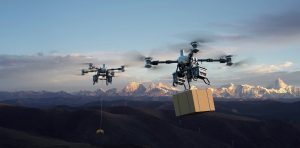




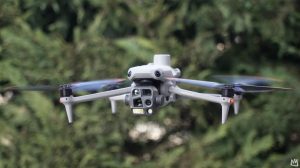


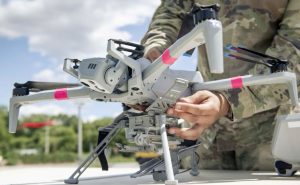
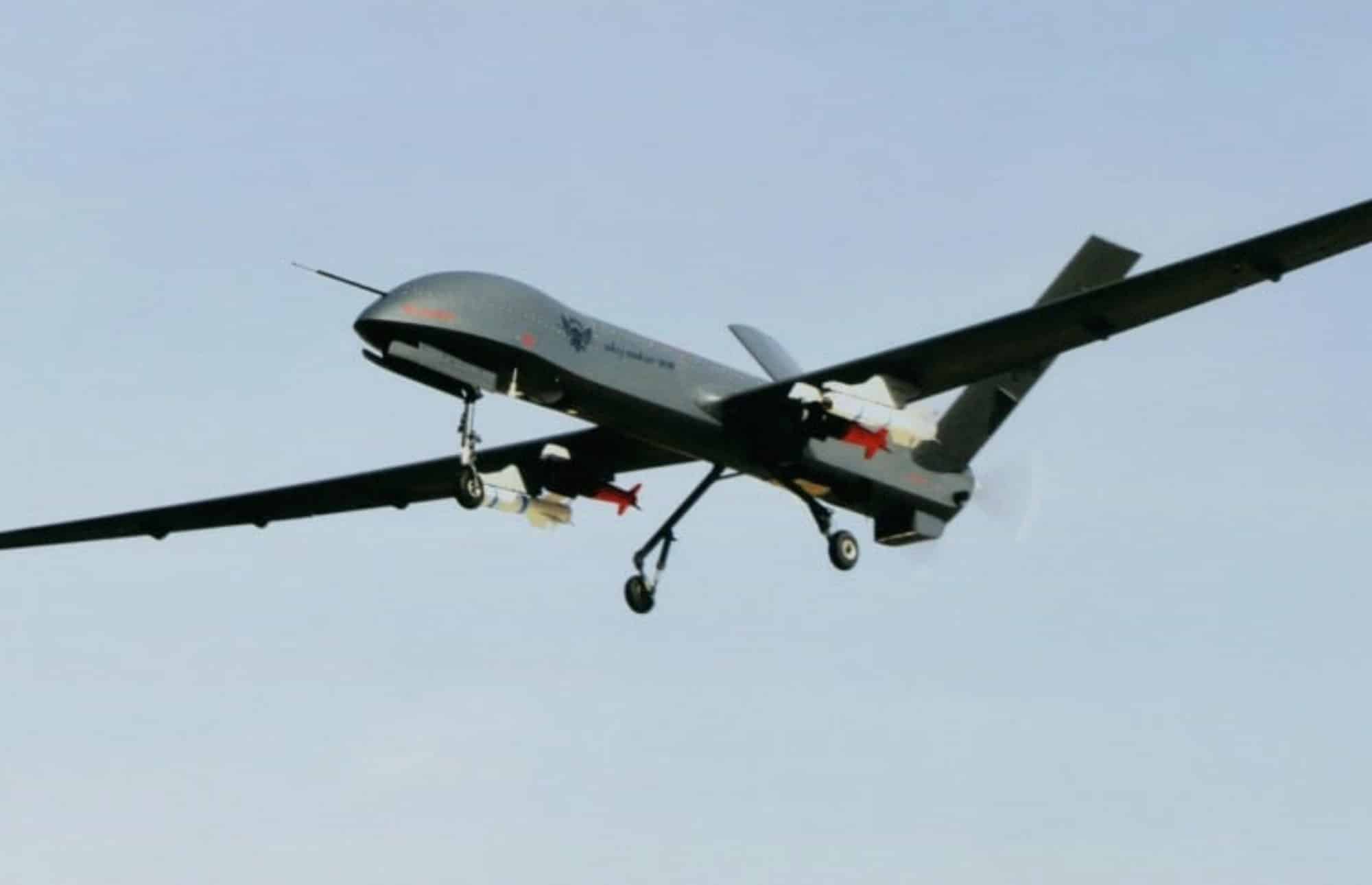
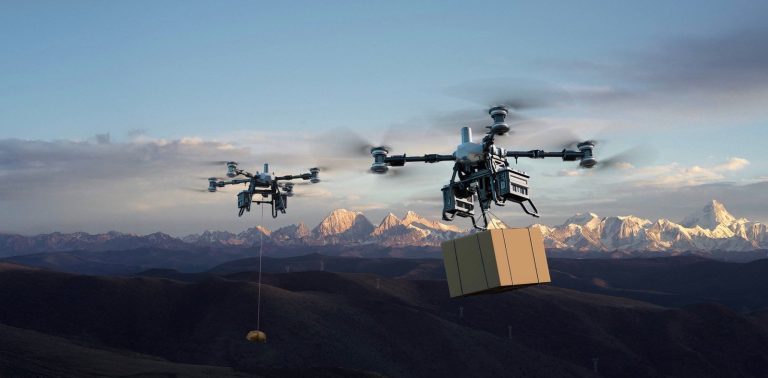


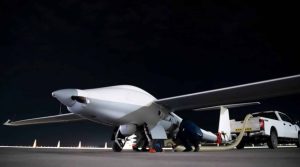
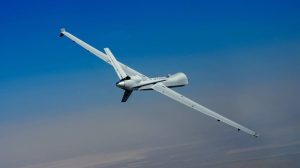


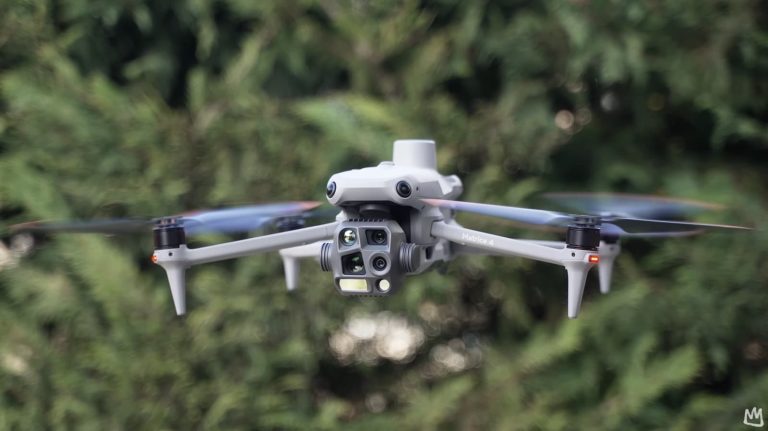


+ There are no comments
Add yours